Common names: Willow Hightower Oak, Swamp Willow Oak, Pin Oak, Peach Oak.
Willow oaks are deciduous medium to large trees that are a favorite street-liner tree in many cities including Washington, DC. Its name comes from its long, narrow leaves that resemble the willow foliage.
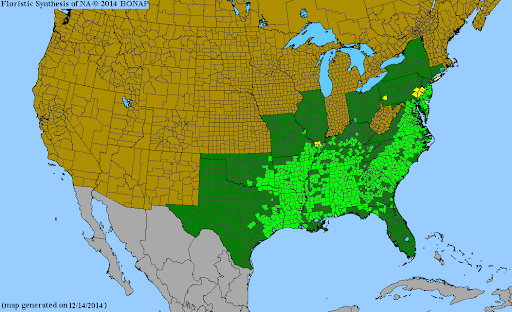 Willow Oak Native Range
Willow Oak Native Range
The willow oak thrives from New York down the Atlantic seaboard along the entire Gulf Coast and as far north in mid-America as Indiana.
This adaptable tree is found in wetter lowlands and bottoms and alluvial lands near swamps, streams, and canals.
General Characteristics of Willow Oak
- Tree Size: medium to large tree
- Growth rate: Fast
- Exposure: sun to part shade
- Fruit Characteristics: acorns about 1/2″
- Height: generally 65-100 feet tending to be shorter in cultivation
- Width: generally 25-50 feet wide
- Plant Character: deciduous
- Heat Tolerance:high
- Water Requirements: medium to high
- Soil Requirements: prefers moist, well-drained loam, but tolerates clay and soils that tend to be wet
- USDA Hardiness Zones: 5-9
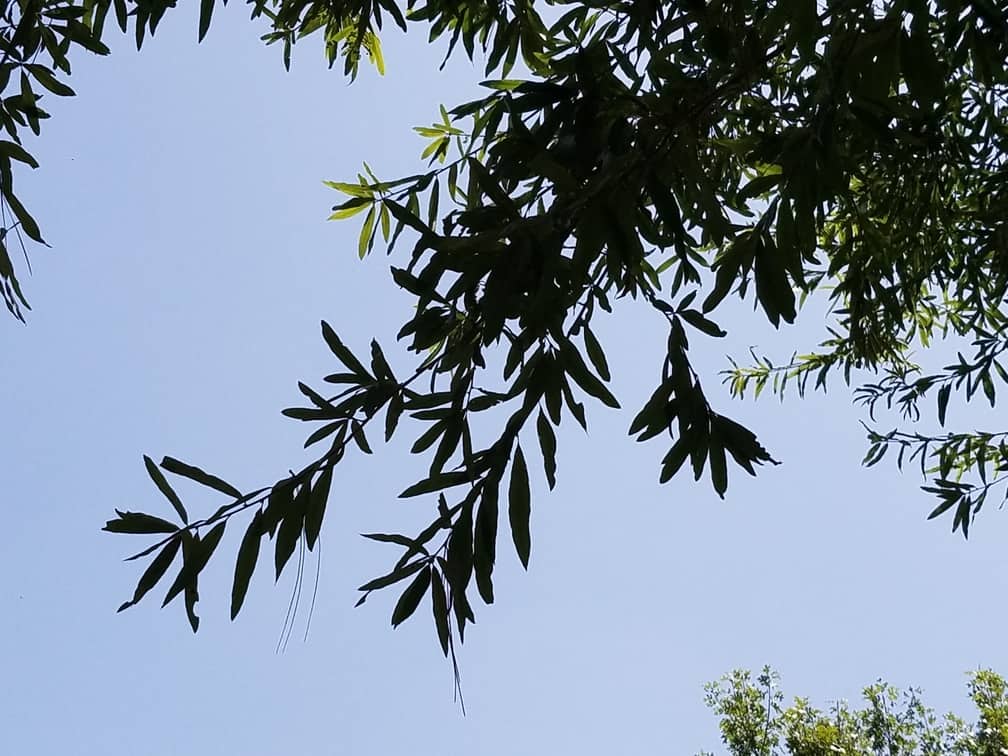 Leaf Shape & Habit
Leaf Shape & Habit
The fine-textured leaves set the willow oak apart from other oaks.
They turn from bright green in summer to yellow or russet in fall.
- Leaf arrangement: alternate
- Leaf type: simple
- Leaf margin: entire
- Leaf shape: lanceolate, oblong, elliptic (oval)
- Leaf venation: pinnate
- Leaf blade length: 2 to 8 inches
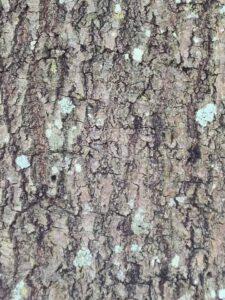 Bark, Limbs & Canopy
Bark, Limbs & Canopy
The willow oak’s trunk is dark and irregularly-furrowed with gray to reddish brown bark.
The canopy has a very symmetrical cone-shaped crown built around a singular straight trunk becoming rounder at maturity.
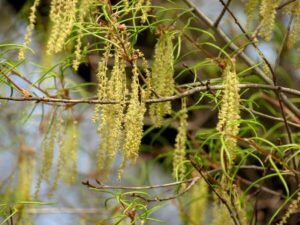
Flowers, Fruits, & Seeds
Barely noticeable yellowish-green flowers in separate male and female catkins appear in mid-spring leaves emerge.
Its 1/2″ acorn nut is nearly round with a shallow cup. Being a red oak, the willow oak drops acorns every other year.
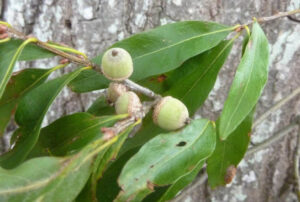
Habitat & Conservation
The abundant acorn crops of willow oak that produce almost every year make it an important food source for wildlife. Acorns of the black oak group are important in the winter because
nuts from the white oaks germinate right after falling while the black oak group’s acorns sit for cold-treatment that winter brings in order to germinate.
Waterfowl, wild turkey, red-headed and red-bellied woodpeckers, blue jays, flickers, and grackles seek out the tree for its acorns and cover.
White-tailed deer and gray squirrels as well as other small rodents also graze on the acorns. fox squirrels do not prefer them due to high tannin levels.

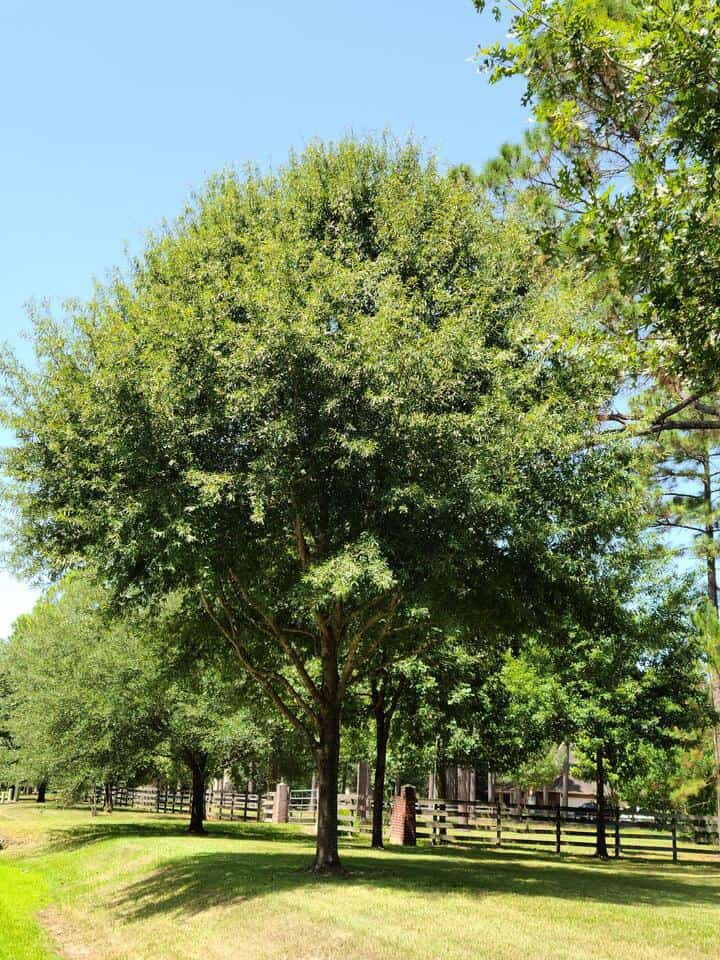

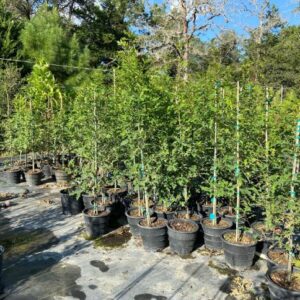
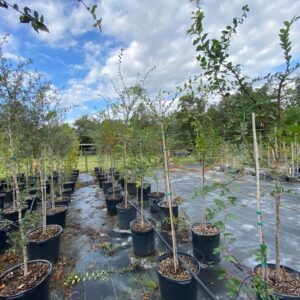
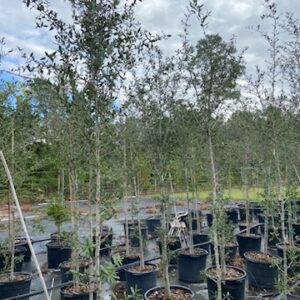
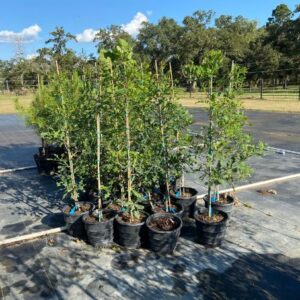
Reviews
There are no reviews yet.